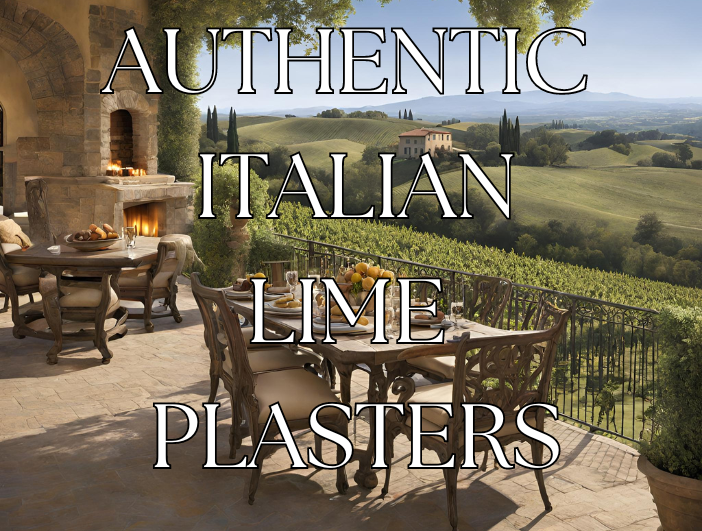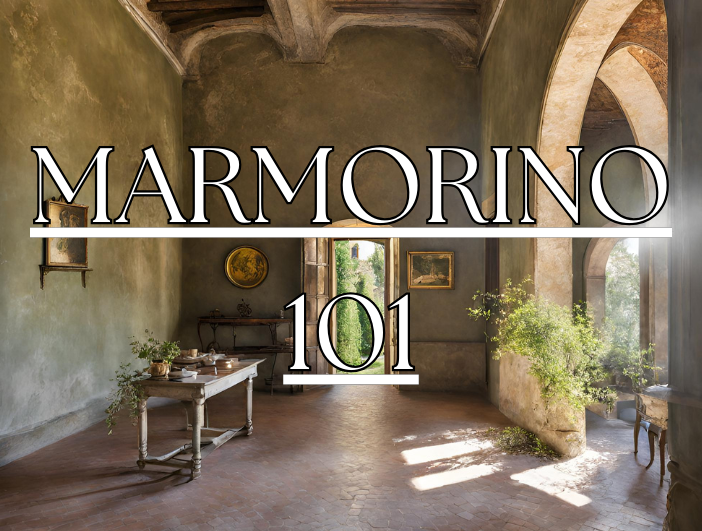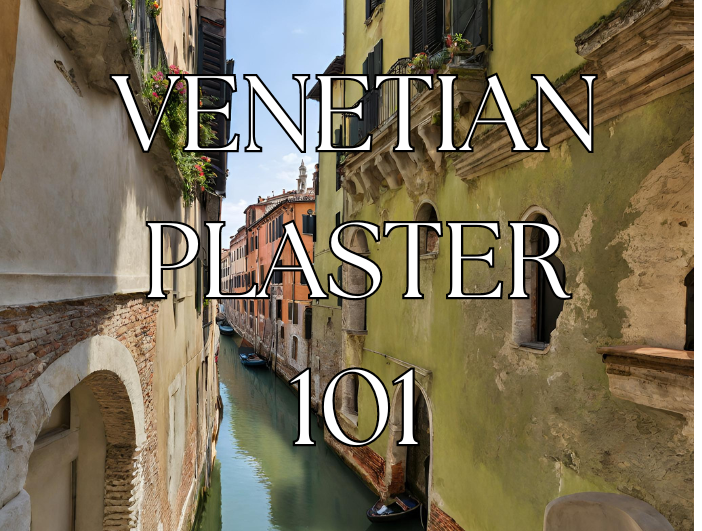Authentic Italian lime plaster 3-Day Course
A 3-day hands-on Bernini authentic Italian plaster class is an opportunity like no other. This intensive workshop is led by master craftsman Ronald Layman, who has studied this ancient craft in the heart of Italy, where he has honed his skills and developed a deep understanding of the art of Italian plastering.
This class is not just about learning the technical aspects of grasello, marmorino, travertino, both wet and dry mixes, lime paint, surface preparation, color mixing, product application, compression, burnings, top coat selection and application with wax and savon marseille sealer. It’s also about experiencing the rich heritage and culture of Italian craftsmanship, which has been passed down through centuries.
Attendees will have the unique opportunity to learn from a true master of the craft, as they work alongside Ronald to create their own samples of Italian plaster. They will be guided through every step of the process, from surface preparation and color mixing to product application and compression. They will also learn about the use of lime paint, burning and topcoat selection and application with wax and savon marseille sealer.
The class will be held in a studio where all the materials are made in Italy, and this is a testament to the quality and authenticity of the products used. The class is for anyone who has a passion for craftsmanship, heritage, and a love of Italian products that have been handed down for centuries. This is not just a class, it’s an immersive experience that will leave attendees with a deep understanding and appreciation of the art of Italian plastering and the rich heritage of Italian craftsmanship.
KEY MOMENTS OVER THE CENTURIES
1st Century BC
Ancient Rome
Lime plaster, or “marmorino” as it was known, was used in ancient Rome to create a marble-like finish on walls and other surfaces. This was likely the earliest known use of lime plaster in Italy, and it set the stage for its later development.
14th Century
The Renaissance Period
During the Renaissance period, which lasted from the 14th to the 17th century, the technique of using lime plaster was refined and perfected in Venice, where it became known as “Venetian plaster.” This was a time of great artistic and cultural achievement in Italy, and the use of Venetian plaster became a hallmark of Renaissance architecture and design.
17th Century
Baroque Period
the Baroque style emerged in Italy, characterized by its ornate and elaborate designs. Lime plaster was used extensively during this period to create intricate decorative features, such as ceiling moldings, cornices, and ornamental sculptures.
20th Century
Modern Era
the use of lime plaster in Italy experienced a resurgence, particularly in the restoration of historic buildings. Architects and builders rediscovered the benefits of lime plaster, including its durability, breathability, and aesthetic qualities. Today, lime plaster continues to be used in both traditional and contemporary architecture and design throughout Italy and around the world.







